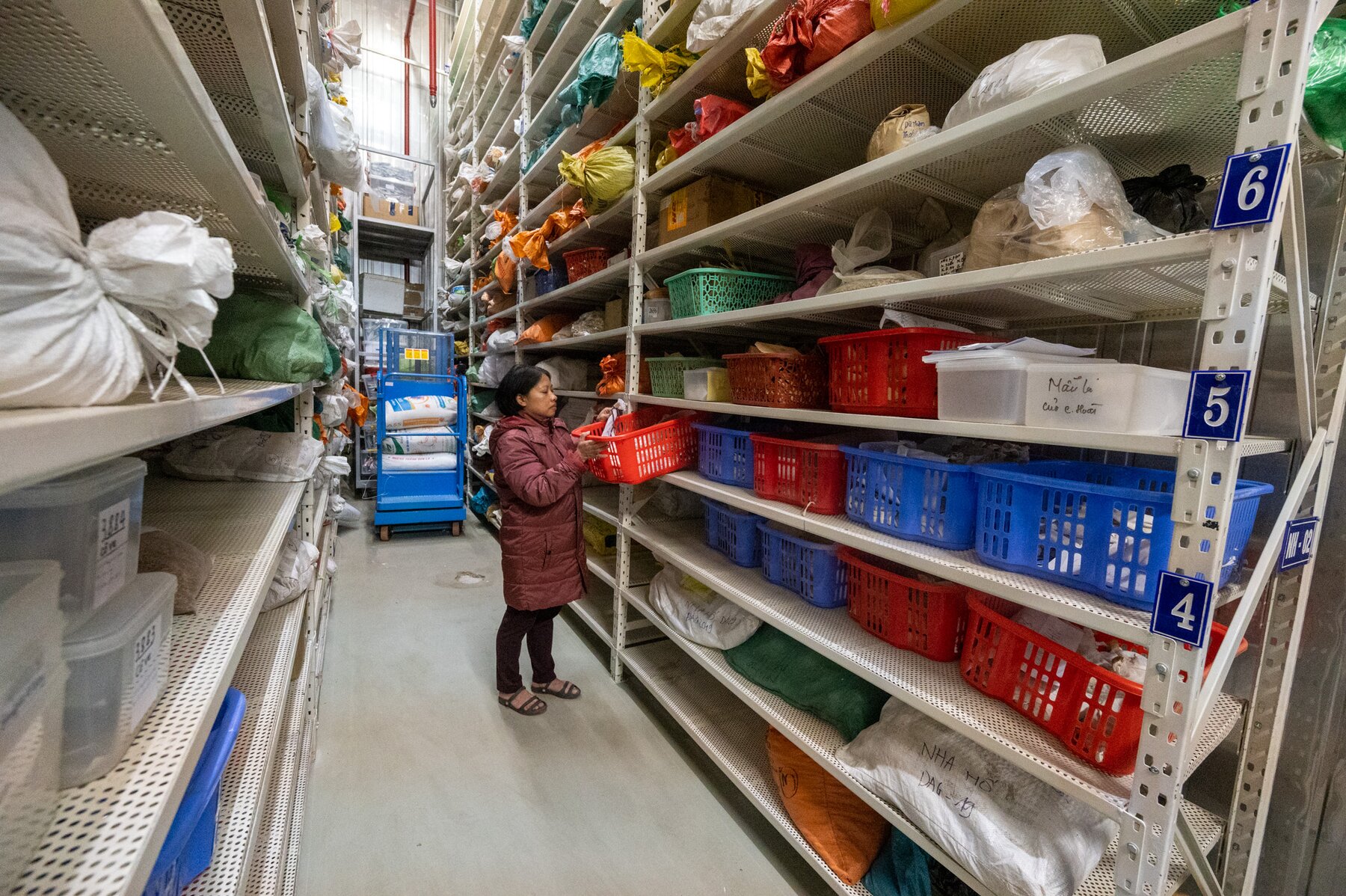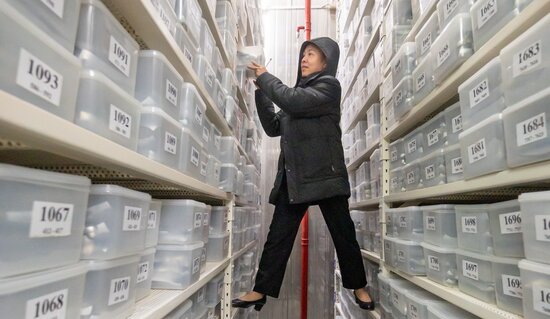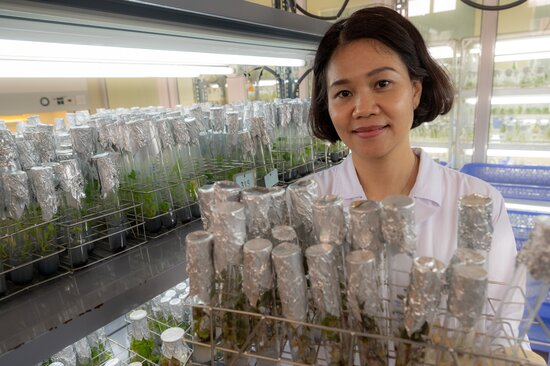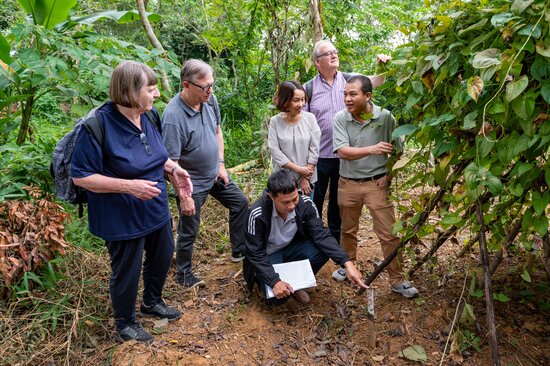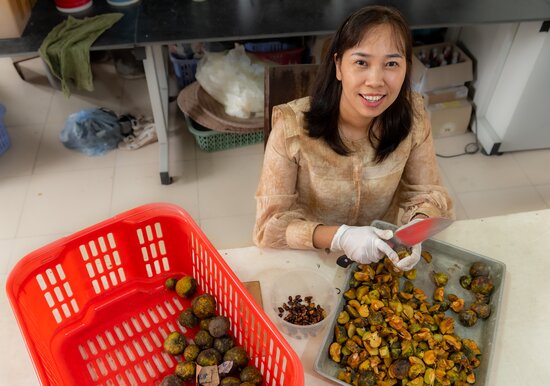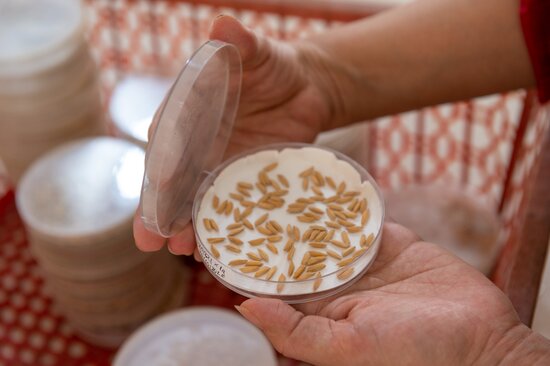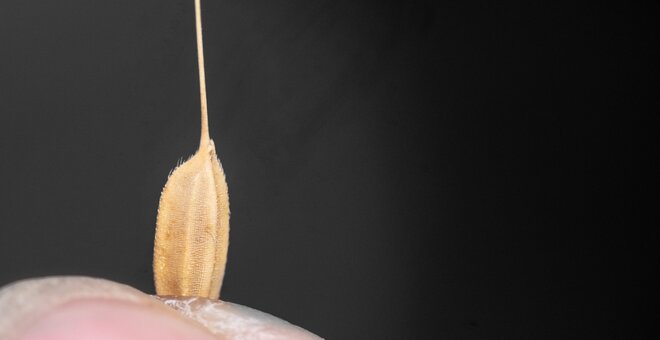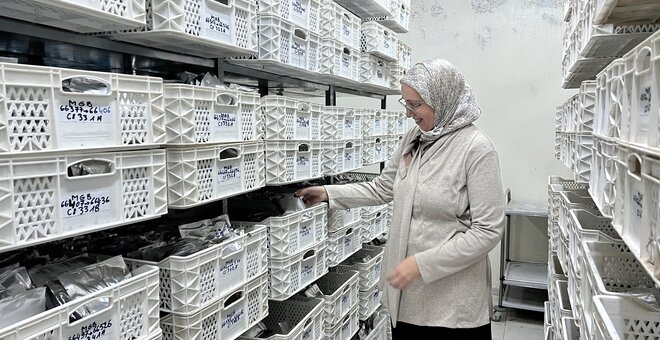Vietnam: Plant Resources Center
Location
An Khanh, Hoai Duc, Ha Noi, Vietnam
Parent Organization
Vietnam Academy of Agricultural Sciences
Mission
- Formulating and implementing programs, projects and plans for scientific research, including basic research and technology transfer in order to:
- Maintain and develop the National Plant Gene Bank
- Develop solutions to conserve and exploit plant resources
- Conserve plant resources through use and development and maintenance of in situ conservation sites
- Research on agrobiodiversity and changes in plant diversity
- Coordinate the National Plant Genetic Resources Network
- Link and cooperate in scientific research, technology development and human resource training with domestic organizations
- Implement international cooperation in research, training, information and exchange of genetic resources.
Date Established
2005
Number of Samples Conserved
More than 38,000 (as at June 2023)
Main Crops Conserved
- Cereals, including rice, wheat, barley, maize, sorghum and millets
- Grain legumes, including soybean, chickpea, common bean, pea and groundnut
- Root crops, including cassava, potato, sweetpotato, taro and yam
- Vegetables, including cucurbits and brassicas
- Herbs and spices
- Fruit trees
- Industrial crops, such as sugar cane, cotton, coffee and tea
Background
The history of the Plant Resources Center (PRC) dates back to 1986, when the Botanical Resources Department was established to preserve more than 1,000 rice accessions collected from the Hong River Delta. The PRC itself was established in 2005 as a scientific agency under the Vietnam Academy of Agricultural Sciences. It is also the headquarters of the Vietnamese Genebank System, which is responsible for preserving the country's plant resources.
The PRC has four technical divisions: Division of Genebank Management and PRC Data Information; Division of Seed Multiplication and Evaluation; Division of in situ and Germplasm Exploration; and Division of Agro-biodiversity. The PRC has strong links with universities and plant breeding institutes in Vietnam and abroad, providing access to materials held in the genebank and consultancy services on request
- The PRC distributes about 1,000 seed samples annually to scientists and farmers in Vietnam.
The Collection
The seed genebank collection comprises some 26,000 accessions of about 85 crops. The crops with the most seed samples are rice (nearly 10,000 seed samples), maize (1,500), bean (1,255) pumpkin (1,250) and sponge gourd (1,000). The seed collection is managed according to international standards. Samples are stored in sealed aluminum foil packets at 5°C for medium-term storage and at −18°C for long-term storage.
Twenty-eight crops are maintained as clonal material in field genebanks in different parts of the country, including citrus, taro, sweetpotato, mango, banana and cassava. Accessions of several these, including taro and banana, are also maintained in vitro, along with Xanthosoma, turmeric, wild yam and lesser yam.
The PRC has also established a DNA bank for rice and citrus, with 59 accessions of rice and 49 accessions of citrus at the end of 2022.
Some 86% of the seed collection comprises landraces, compared with 67% of clonal crops.

